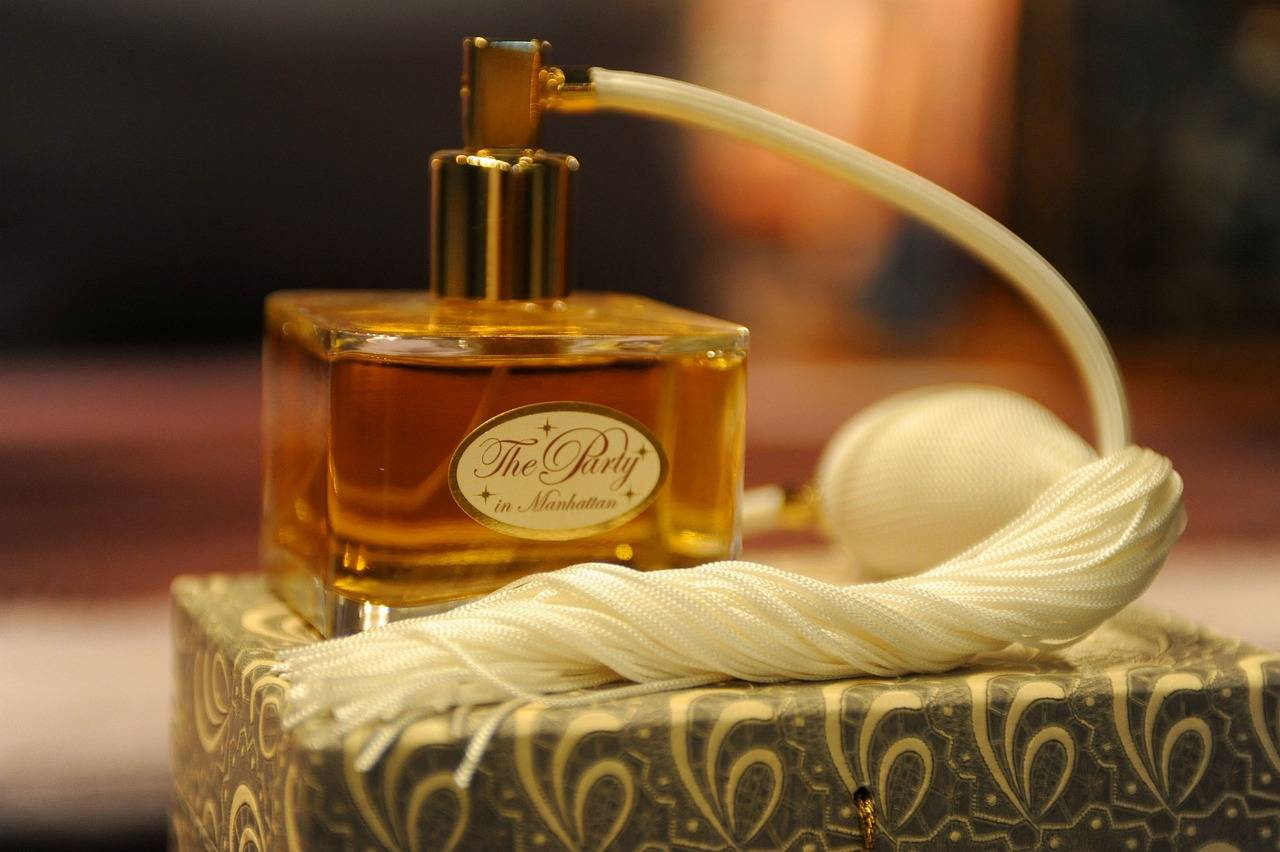Fashion’s Connection with Traditional Craftsmanship
Traditional craftsmanship has long been an integral part of the fashion industry, dating back centuries to when garments were meticulously handcrafted by skilled artisans. Before the rise of mass production, clothing was made with a level of care and attention to detail that is often unmatched in today’s fast-paced fashion world. Techniques such as hand embroidery, weaving, and dyeing were passed down through generations, preserving the artistry and heritage of different cultures.
Over time, traditional craftsmanship has become increasingly rare as technological advancements have paved the way for faster and more efficient methods of production. However, there has been a resurgence of interest in reviving these age-old techniques in the modern fashion landscape. Designers are incorporating elements of traditional craftsmanship into their collections, not only to pay homage to the rich history of fashion but also to promote sustainability and ethical practices within the industry.
The Influence of Cultural Heritage on Fashion Design
Cultural heritage plays a vital role in shaping the landscape of fashion design. Designers draw inspiration from traditional craftsmanship and historical techniques, infusing their creations with a rich tapestry of cultural influences. Through incorporating elements of this heritage into their designs, fashion houses pay homage to the crafts of the past and celebrate the diversity of global traditions.
Moreover, the integration of cultural heritage in fashion design serves as a bridge between the past and the present, fostering a sense of continuity and connection across generations. By reinterpreting traditional motifs and textiles in contemporary pieces, designers create a dialogue between different eras and regions, creating a fusion of old and new that resonates with audiences around the world. This nod to cultural heritage adds depth and authenticity to fashion collections, elevating them beyond mere aesthetics to encapsulate the spirit and essence of a particular heritage.
How does cultural heritage impact fashion design?
Cultural heritage plays a significant role in inspiring and influencing fashion designers, as it provides a rich source of traditional craftsmanship, techniques, motifs, and textiles that can be incorporated into modern designs.
Can you give an example of how traditional craftsmanship has been incorporated into fashion design?
One example is the use of intricate hand embroidery techniques from India, such as zardozi or kantha, in contemporary fashion garments, adding a touch of cultural heritage to the design.
Why is it important for fashion designers to draw inspiration from cultural heritage?
Drawing inspiration from cultural heritage not only adds depth and authenticity to fashion designs but also helps in preserving and promoting traditional craftsmanship and techniques that may be at risk of being lost.
How can fashion designers respectfully incorporate cultural heritage into their designs?
Fashion designers should always approach cultural heritage with respect and sensitivity, acknowledging the origins and significance of the techniques or motifs they are incorporating and ensuring that they give credit where it is due.
What are some ways in which cultural heritage can be celebrated through fashion?
Cultural heritage can be celebrated through fashion by showcasing traditional textiles, patterns, and techniques, collaborating with artisans from different cultures, and using fashion as a platform to promote diversity and inclusivity.





